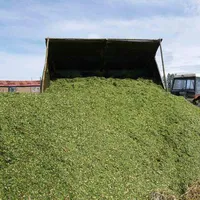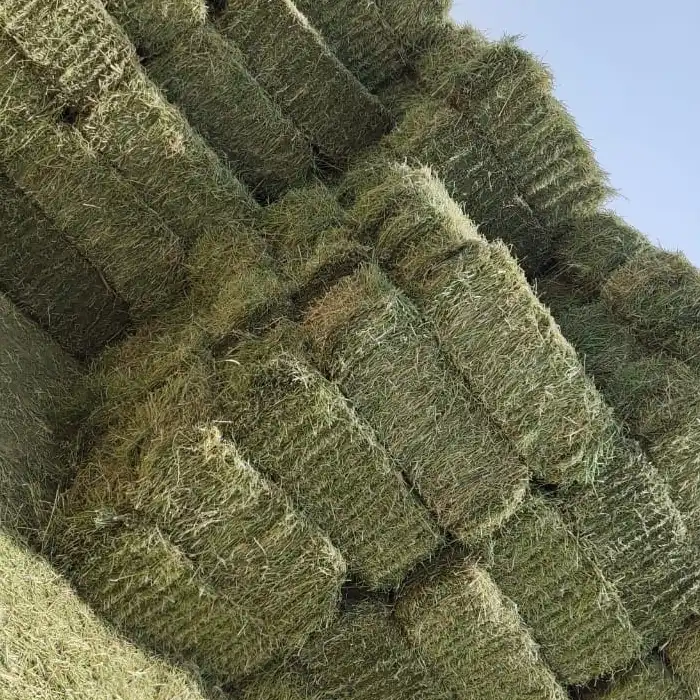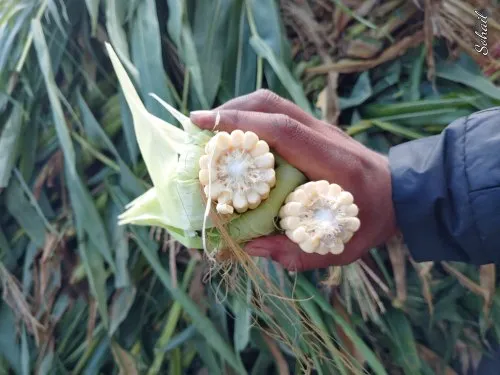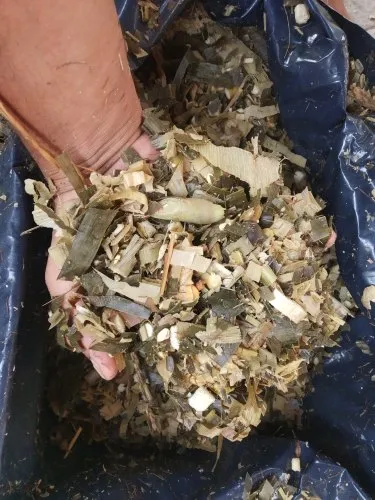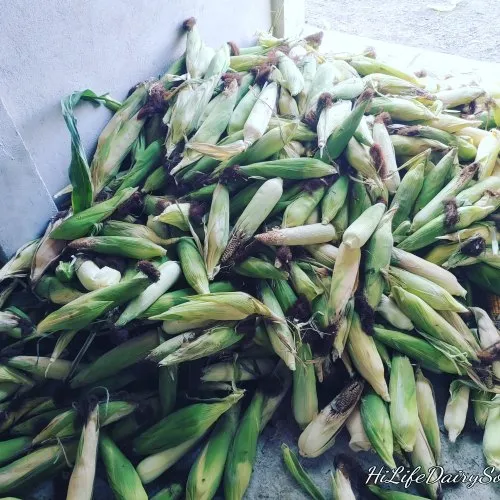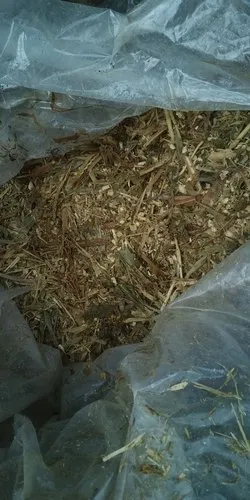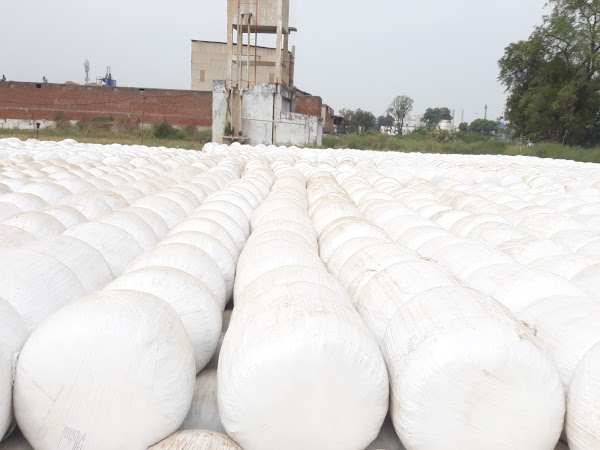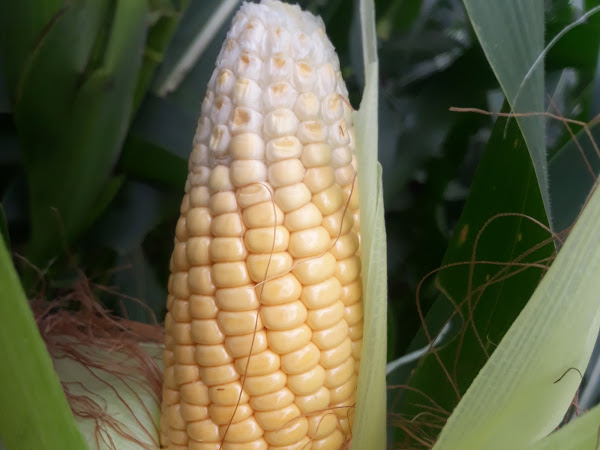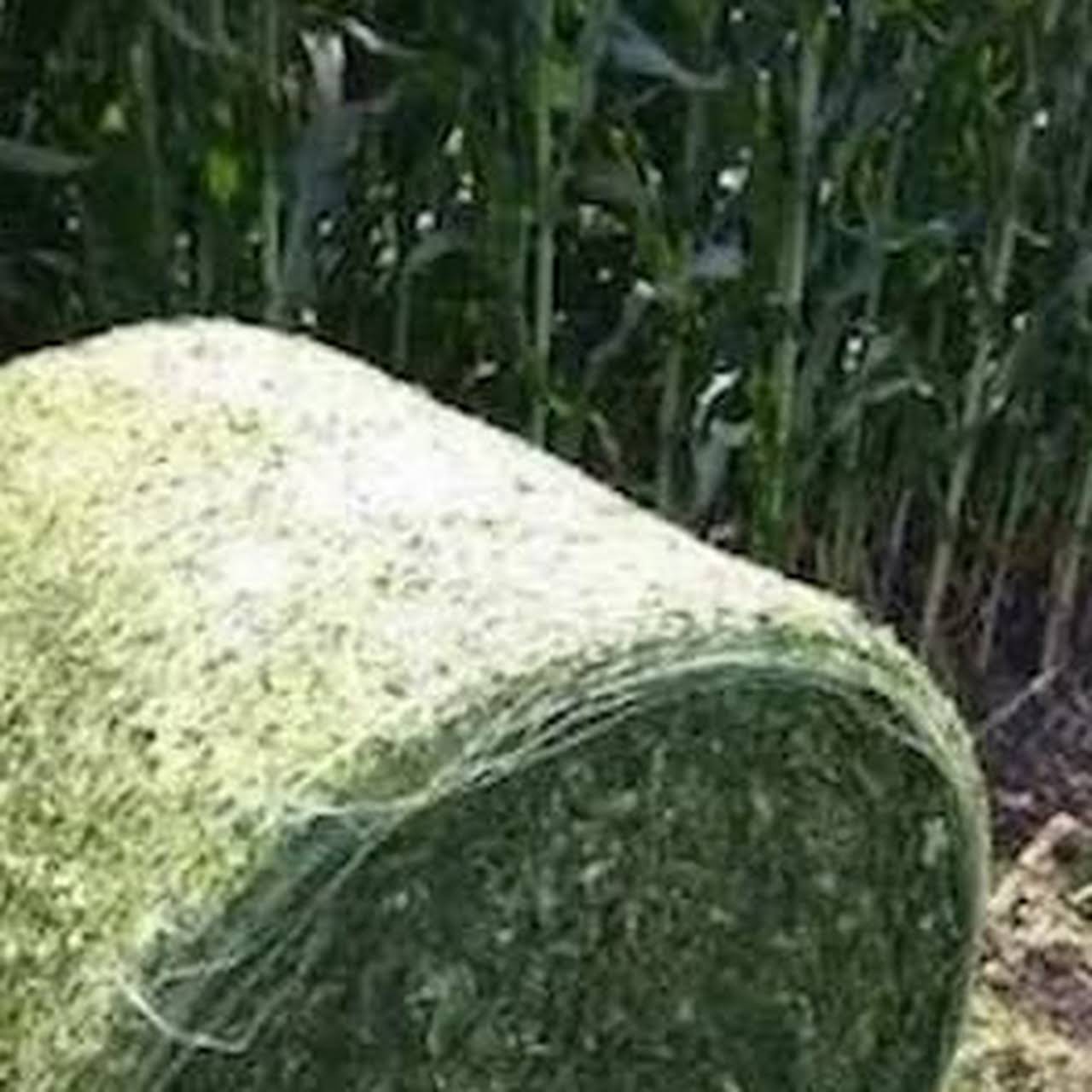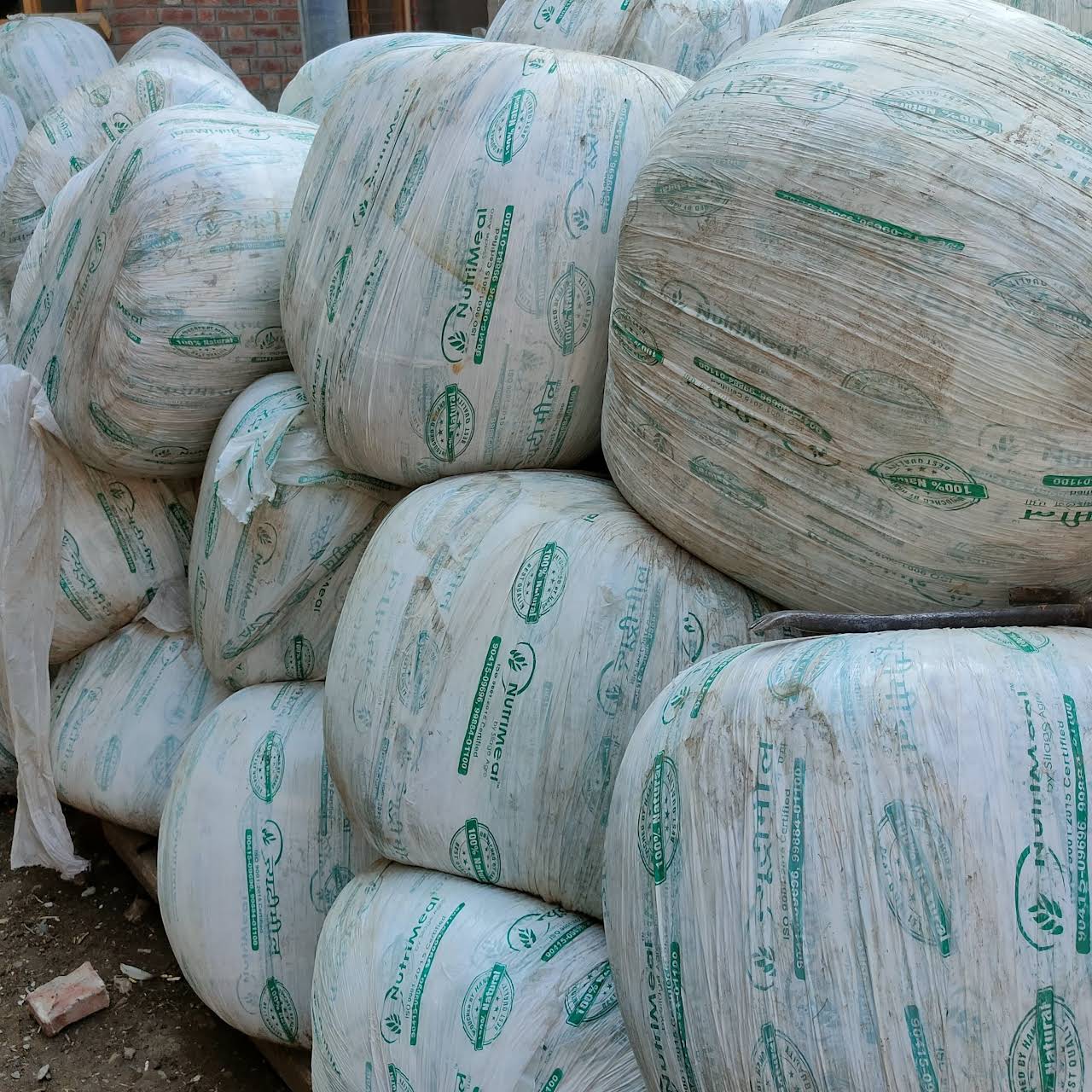Find best Corn Silage Suppliers for all your bulk order needs
We connect buyers to top Corn Silage Suppliers, helping both find the right match for their needs.
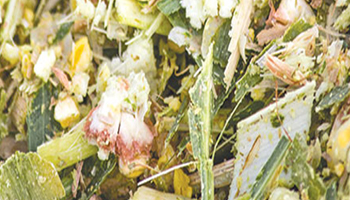
Browse Corn Silage products at wholesale price from the best Corn Silage suppliers
Looking for a supplier of Corn Silage at wholesale prices? Look no further! Post your requirements and get best deals on Corn Silage for your business from multiple Corn Silage suppliers.
Super Nourishing Corn Silage
1st Ave Rd, Sector 1, Bidhannagar, Kolkata, West Bengal, 700064, India
Best Quality Alfalfa Hay
1st Ave Rd, Sector 1, Bidhannagar, Kolkata, West Bengal, 700064, India
Green Corn Maize silage from Kolkata
Price : Rs 7.5 / Piece
Vill-Radhanagar ,Po-Hargram, Ps-Bhatar, Kolkata, West Bengal, 713125, India
Original Corn Silage Manufacturer In Kolkata West Bengal
Price : Rs 7 / Kilogram
Vill-Radhanagar ,Po-Hargram, Ps-Bhatar, Kolkata, West Bengal, 713125, India
Corn Silage
Price : Rs 7 / Kilogram
Vill-Radhanagar ,Po-Hargram, Ps-Bhatar, Kolkata, West Bengal, 713125, India
Silage Green Grass
Price : Rs 4.5 / Square Foot
Vill-Radhanagar ,Po-Hargram, Ps-Bhatar, Kolkata, West Bengal, 713125, India
Natural Organic Cattle Feed
P.Karthy S/o Perumalgownder, RMTC Nagar Pachalanaickenpatti, Kanakkanpatti Po Tk, Palani, Tamil Nadu, 624613, India
BEST QUALITY CORN SILAGE
P.Karthy S/o Perumalgownder, RMTC Nagar Pachalanaickenpatti, Kanakkanpatti Po Tk, Palani, Tamil Nadu, 624613, India
Get high quality pure corn silage
New colony, Babademb Opposite Gousia Hospital, Srinagar, Jammu and Kashmir, 190002, India
NutriMeal corn silage available at reasonable prices.
New colony, Babademb Opposite Gousia Hospital, Srinagar, Jammu and Kashmir, 190002, India
Corn Silage Cattle Feed
Master dairy equipments Pulwama opposite boys degree College,Srinagar , Srinagar, Jammu and Kashmir, 192301, India
Corn Silage:
Corn Silage is a consistent feed with high yields that is used for livestock to provide high energy.
Some facts about Corn Silage:
- Corn silage is used for high producing herds and on farms experiencing problems with making or buying high quality hay crop forage that serves as a high-energy forage for dairy cows.
- Corn silage is also well adapted for use in low-cost rations for fattening cattle with its relatively high energy content.
- Corn silage is a high quality feed for animals that contains a high concentration of energy
- Less labor per ton is required to produce corn silage than many other forage crops.
- Plant nutrients, especially large amounts of N and K can be efficiently recycled.
- One of the disadvantages, of corn silage is that it is difficult to market and transport very far.
- There is an increased potential for soil erosion and a subsequent loss in soil productivity when soil conservation practices are not a part of the production system.
- It is very popular because of the high yield of a very digestible, high-energy crop, and the ease of adapting it to mechanized harvesting and feeding.
- The harvested crop can be preserved by anaerobic (without oxygen) fermentation by silage making as soluble carbohydrates are converted into acetic and lactic acid by the use of bacteria, which 'pickles' the crop.
- It can be stored for long periods of time without losing quality in a well-sealed silo.
- It is important to do a good job in growing, harvesting and preserving the crop to produce high-quality corn silage.
Harvesting Corn For Silage:
- Corn silage should have a green/yellowish color and a light, pleasant, slightly vinegar odor that has been produced properly.
- Improper fermentation or excessive heating may have occurred if it is dark brown, or has another odor such as fruity, burnt or a rancid smell.
- Understanding the fermentation process is important to explain some of the problems that can arise in silage production.
Fermentation process of Corn silage:
- The cells of the corn plant are still alive when a corn plant is chopped and put into some sort of storage facility.
- Carbon dioxide and heat is produced by the respiration of these plant cells and the microorganisms in the silage which is called aerobic respiration, because oxygen is used.
- This respiration will decrease and stop, and anaerobic (without oxygen) fermentation begins when the carbon dioxide level increases and the oxygen level decreases
- The soluble carbohydrates in the cells are used by desirable bacteria in this process to produce primarily lactic acid. L which causes a drop in the pH.
- Fermentation will happen until enough lactic acid is produced to drop the pH to approximately 4.2, at which point all bacterial action stops.
- Usually, this occurs within three weeks after a silo is filled.
- Butyric acid, which is a foul-smelling acid, is produced and the silage spoils if low levels of lactic acid have been formed.
Harvest at the correct stage:
- One of the most critical factors that will influence the quality of the corn silage produced is proper timing of harvest.
- The quality of the corn silage will be affected by the stage of maturity of the corn because of the amount of nutrients in the plants as well as the amount of moisture present.
- The plant begins to dry down, and the moisture content in the plant drops as a corn plant matures.
- There can be seepage from the silo if the moisture content is too high when the silage is cut, that contains high concentrations of soluble nutrients, which are lost..
- Considerable damage to upright silos can be caused by this seepage.
- Also, a larger amount of lactic acid is needed to reduce the pH if silage is chopped with too much moisture which results in a longer period of time before the silage becomes fermented, producing a lower quality silage.
- It will not pack well in the silo if the plant does not contain enough moisture, as more oxygen will be present and it will take longer to get through the aerobic phase into the anaerobic phase of fermentation.
- Nutrients present in it will be used for respiration during the aerobic phase, and the temperature of the silage will increase and possibly burn which also results in a lower quality silage.
- The moisture content of corn chopped for silage should between 60 and 70 percent.
- The upper side of this range is recommended in bunker and trench silos, where packing is a problem where as the lower end of this range will work satisfactorily if the silage is going into an upright silo, packing is generally not a problem.
- The kernel milk line can be used to help estimate moisture which proceeds from the top to the bottom of the kernel as the plant matures.
Preserving Corn Silage:
- Silo should be filled as quickly as possible and pack well to decrease the amount of air pockets in the silage, to preserve as much of the corn silage as possible.
- Oxygen should be removed as possible to decrease the time needed to begin the anaerobic phase of fermentation.
- Silo should be filled as quickly as possible, and then sealed to exclude outside oxygen.
- The faster and quicker the silo is filled and covered, the faster the fermentation will begin, the losses will be the lower and the quality of the silage would be better.
- It is also important to consider the size of the silo to be used as larger silos will hold more silage and will take longer to fill.
- The silo should be covered with 6 mil black polyethylene plastic to produce an air-tight structure after air has been thoroughly excluded from the silage by packing.
- Preventing air and water from entering the silo is very important for preserving the quality of the silage.
- Organic acids, such as propionic or acetic-propionic mixtures or their salts, certain enzymes alone or in combination with antioxidants, as well as silage inoculants containing one or more types of bacteria can be added according to the manufacturer's directions to preserve silage
Silage Additives:
- Corn which is chopped for silage will generally ensile very efficiently and the high level of carbohydrates helps ensure that an abundance of lactic acid for preservation will be produced.
- Corn that is chopped for silage will generally ensile very efficiently and the high level of carbohydrates helps ensure that an abundance of lactic acid for preservation will be produced.
- Fermentation may be delayed, causing a loss in forage quality if conditions for chopping or storing the silage are not ideal.
- Silage additives have been recommended to improve the fermentation of the silage in these situations.
- However, silage additives are not a replacement for good management.
- Attention should be paid to moisture content, chopping, packing, etc., which are the most important factors when producing corn silage.
- Preservatives and inoculants can help promoting lactic acid production, reducing dry matter losses during storage, reducing heating, and increasing bunk life
- Bacterial inoculants, acids, non-protein nitrogen sources are generally three types of compounds that can be added to corn silage when it is going into a silo.
Bacterial inoculants:
- Large numbers of the bacteria responsible for producing lactic acid are present in Bacterial inoculants.
- The increased concentration of the 'good' bacteria results in the levels of lactic acid increasing at a faster rate, which results in a quicker drop in the pH when these are added to corn silage.
- Generally, these help the fermentation of corn silage, because of the high levels of the bacteria occurring naturally on the corn plants, and high concentration of soluble carbohydrates in corn silage.
- Adding bacterial inoculants can be helpful if fermentation conditions are less than desirable.
Acids:
- A buildup of molds and bacteria that result in improper fermentation can be prevented by the preserving acids as it allow more time for the lactic acid-producing bacteria to start producing lactic acid.
- Corn silage does not normally benefit from these acids as with the bacterial inoculants.
- Acids can be beneficial on the upper surface of the silo, in particular with bunker or trench silos.
- Excess oxygen is present in the upper layers of the silage since packing is not as good in these silos..
- The amount of spoilage can be decreased by adding an acid before sealing this portion of the silo.
- Buffered acids can be used for preservation of silage with minimal corrosion of machinery.
Non-protein nitrogen sources:
- Adding a non-protein nitrogen (NPN) source such as urea as the silage goes into the silo can help improve the crude protein content of the silage as corn silage is not considered to be high in protein.
- The high energy content of corn silage makes it an ideal feed to be used with NPN as energy is required to utilize urea as a feed source.
Methods of determining Energy Content in Corn silage:
- The energy content of corn silage is mainly determined by the amount and digestibility of fiber.
- Although it is possible for a corn silage with less than 30 percent grain to have a higher energy content than a corn silage with more than 50 percent grain due to differences in stover digestibility, grain content also affects energy content.
- The energy content for dry corn silages is affected by starch digestibility, but is less of a factor for corn silage with greater than 60 percent moisture.
- The energy content of feeds can be described as the sum of the digestibilities of different nutrients by Total digestible nutrients (TDN).
- The TDN system overestimates energy derived from forages relative to grain as the available energy is used by animals differently depending on the feed and on the animal's production status.
- Three net energy values such as net energy for maintenance (NEm), net energy for gain (NEg), and net energy for lactation (NEL) are the net energy system that accounts for the variation in digestible energy usage by assigning feeds.
- Digestible energy that is used for maintenance and for milk production is used more efficiently than digestible energy used for gain.
- Although, equations convert TDN energy values to NE values, the same equation is usually used for both forages and grains, which decreases accuracy.
- Energy content can be predicted by the acid detergent fiber (ADF) content of silage.
- The digestibility and therefore the energy content increases when ADF decreases.
- Low cost and rapid turnaround, which are requirements for balancing animal rations is offered by this method.
- Although, the relationship between ADF and energy content is not absolute, ADF accounts for less than two-thirds of the variation in energy content in corn silage
- Inaccuracy of this method can be caused by significant variations in the digestibility of the fiber in corn silage.
- Fermentation is used by ruminal microbes in test tubes or artificial rumens to determine digestibility in vitro digestibility methods.
- Forage digestion inside the rumen of a cow or steer is allowed in situ digestibility methods.
- Greater accuracy of energy prediction is offered in these methods because they account for variation in fiber digestibility but are more time consuming and expensive than ADF determination.
- They are used primarily for research purposes such as hybrid comparison due to cost and complicated procedures of in vitro techniques.
- Near-infrared reflectance (NIRS) equations accurately estimate in vitro values allows ranking of commercially available hybrids.
Silage Composition:
- NDF (neutral-detergent fiber) is a measurement of the total fiber content of a forage which is composed of cellulose, hemicellulose, and lignin.
- Animal eats less and needs more ration supplements as high fiber forages fill the stomach faster.
- ADF (acid-detergent fiber) is a measurement of the cellulose, lignin, and pectin fiber fractions of forages which is commonly used to predict energy content of corn silage and other forages.
- Lignin is an indigestible fiber that has no energy value to the animal.
- In vitro dry maHer digestibility (IVDMD) is a measure of the apparent digestibility of dry matter that is determined by incubating feed in a flask with ruminal microbes.
- In vitro NDF digestibility or cell wall digestibility is a measure of ruminal digestibility of NDF that is determined by incubating feed in a flask with ruminal microbes followed by analyzing the fiber content of the residue
- In situ dry matter digestibility is a measure of the apparent digestibility of dry matter that is determined by placing the forage sample in a dacron bag within the rumen of a cow or steer.
- In vivo digestibility is a measure of the digestibility of dry matter using animals.
